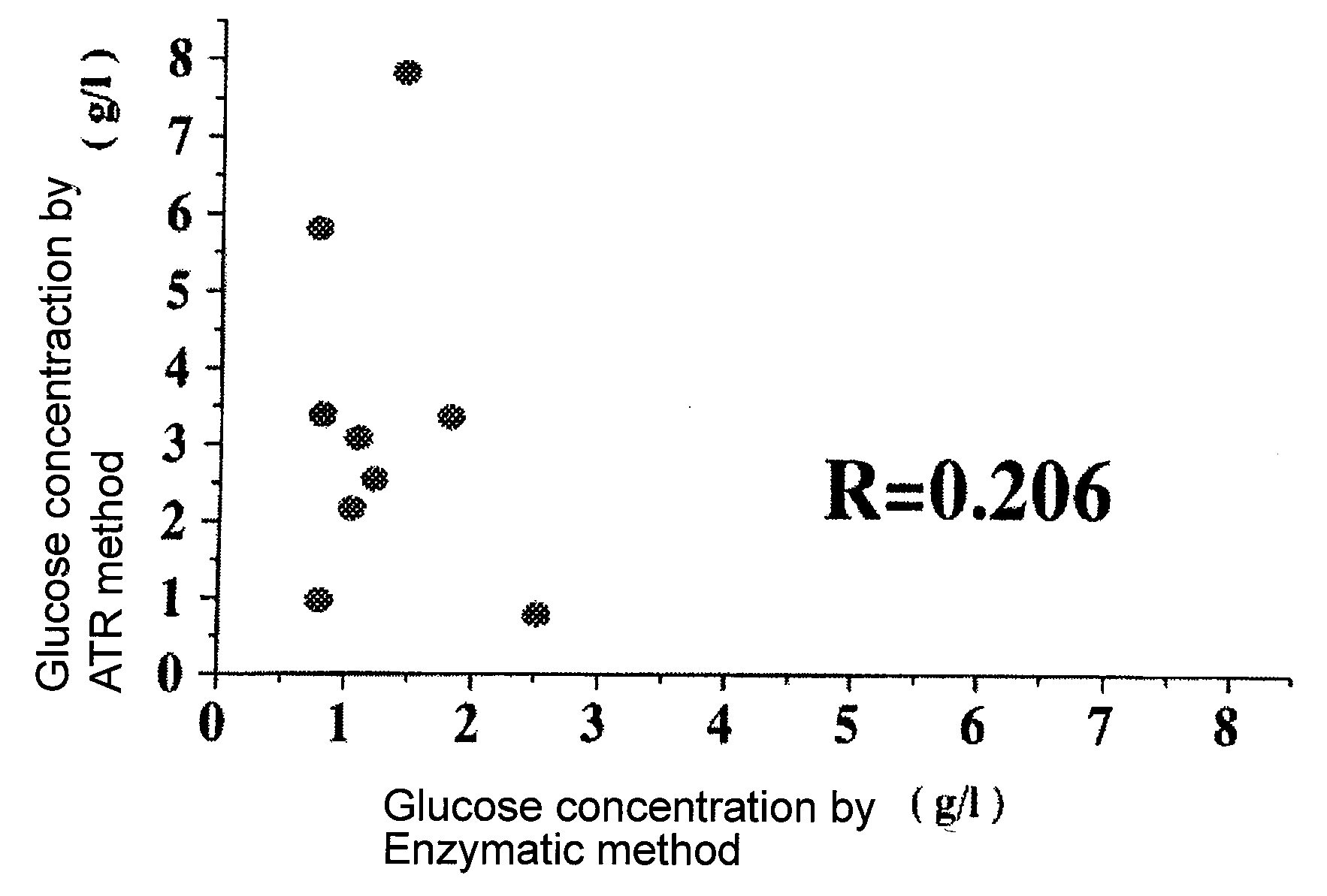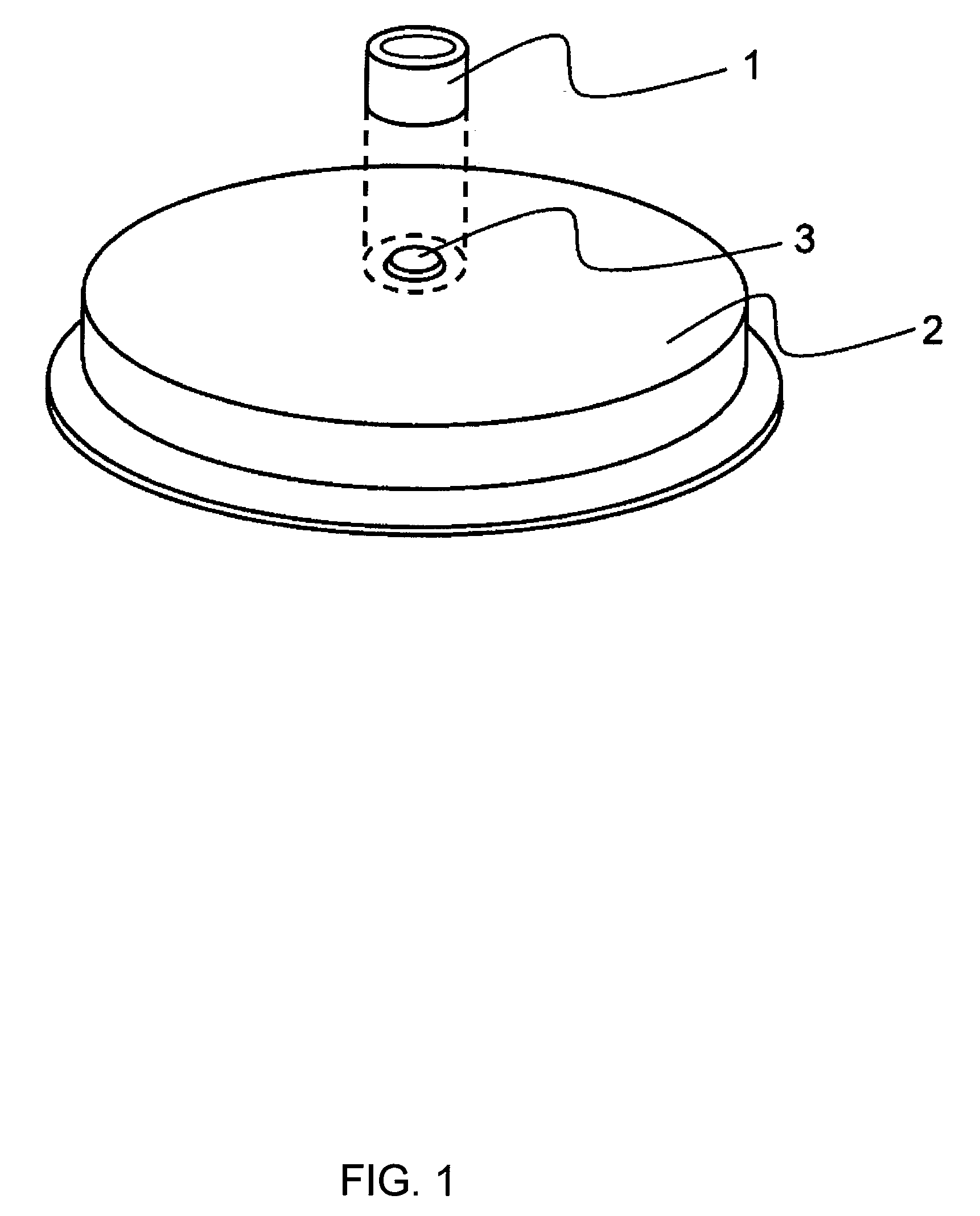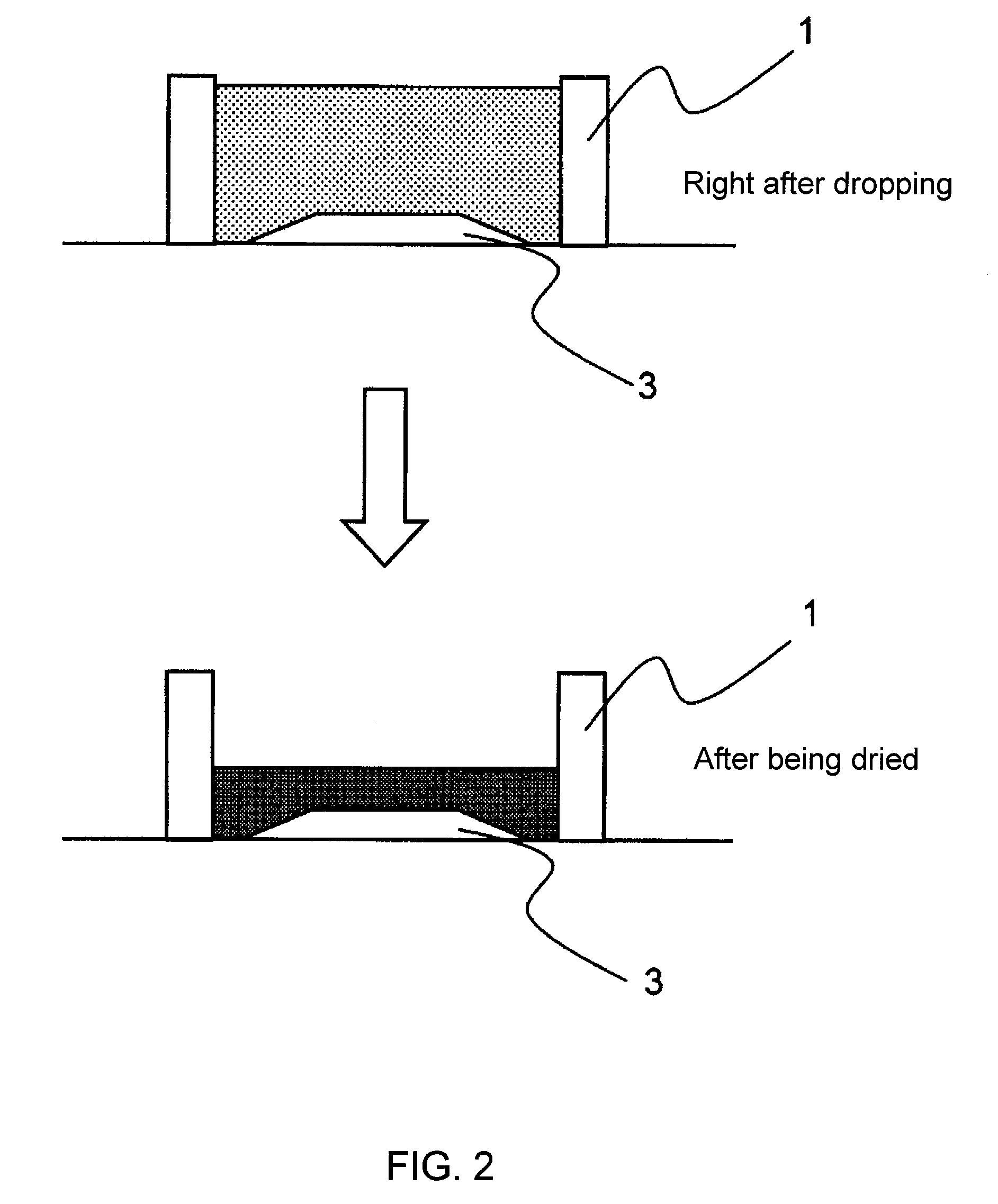Method for Measuring Glucose Concentration in Blood Using Infrared Spectroscopy and Instrument Employing It
a technology of infrared spectroscopy and glucose concentration, which is applied in the direction of instruments, diagnostic recording/measuring, biomass after-treatment, etc., can solve the problem of inadequate quantitative measurement accuracy and achieve the effect of high accuracy
- Summary
- Abstract
- Description
- Claims
- Application Information
AI Technical Summary
Benefits of technology
Problems solved by technology
Method used
Image
Examples
examples
[0034]In this example, blood sugar was measured from actual blood serum. This is described in detail as follows. At first, four samples are created with blood serum with a glucose concentration of 0.71 g / l (referred to as “the first blood serum” hereafter). More particularly, a sample with a 180 μl of the first blood serum and a 20 μl of distilled water (referred to as “No. 1” hereafter), a sample with a 180 μl of the first blood serum and a 20 μl of a glucose solution having a glucose concentration of 4.55 g / l (referred to as “No. 2” hereafter), a sample with a 180 μl of the first blood serum and a 20 μl of a glucose solution having a glucose concentration of 9.11 g / l (referred to as “No. 3.” hereafter), and a sample with a 180 μl of the first blood serum and a 20 μl of a glucose solution having a glucose concentration of 18.21 g / l (referred as “No. 4” hereafter) are created.
[0035]In the same way, using a blood serum with a glucose concentration of 0.83 g / l (referred to as “the sec...
PUM
| Property | Measurement | Unit |
|---|---|---|
| concentration | aaaaa | aaaaa |
| concentration | aaaaa | aaaaa |
| concentration | aaaaa | aaaaa |
Abstract
Description
Claims
Application Information
 Login to View More
Login to View More - R&D
- Intellectual Property
- Life Sciences
- Materials
- Tech Scout
- Unparalleled Data Quality
- Higher Quality Content
- 60% Fewer Hallucinations
Browse by: Latest US Patents, China's latest patents, Technical Efficacy Thesaurus, Application Domain, Technology Topic, Popular Technical Reports.
© 2025 PatSnap. All rights reserved.Legal|Privacy policy|Modern Slavery Act Transparency Statement|Sitemap|About US| Contact US: help@patsnap.com



